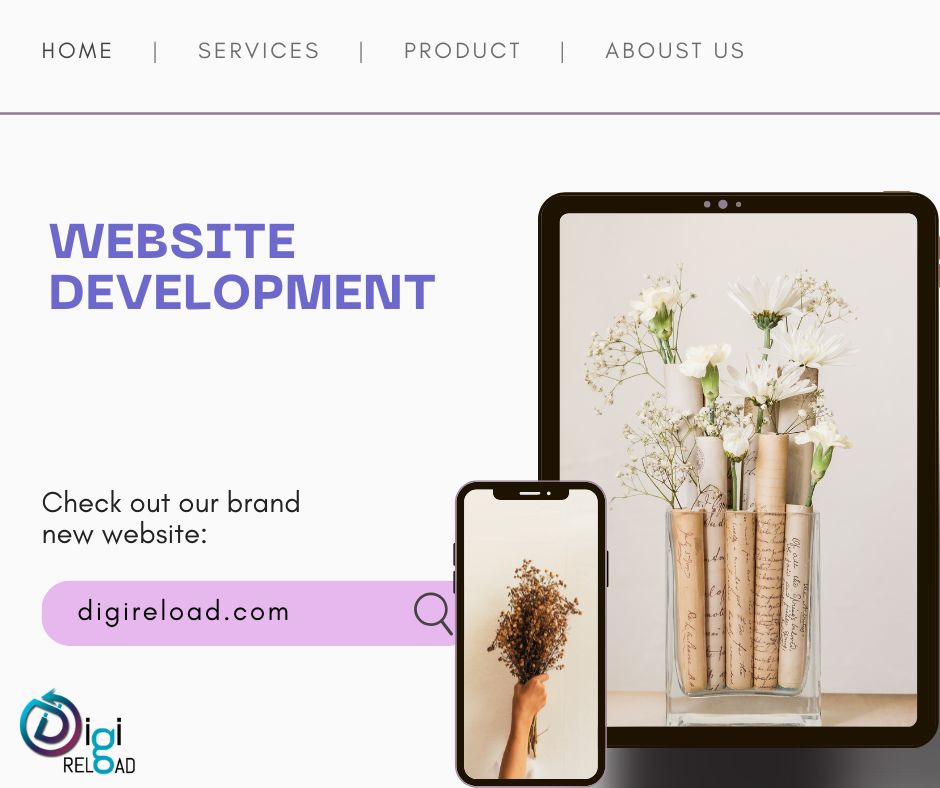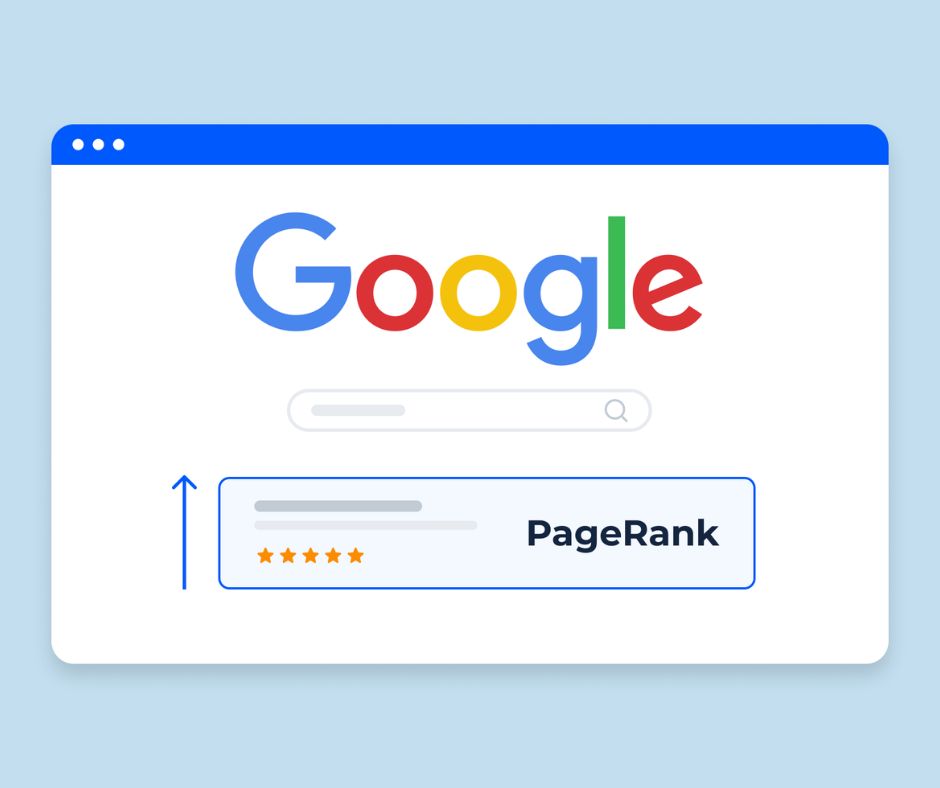-
User-Centric Design (UX/UI): Always design with your target audience in mind.
-
Simplicity: A clean, uncluttered design helps users focus on what's important. Avoid overwhelming them with too many elements.
-
Intuitive Navigation: Users should easily find what they need. Use clear labels, logical structures, and consistent navigation menus (usually at the top or left).
-
Visual Hierarchy: Guide users' eyes to important information using size, color, contrast, and placement.
-
Consistency: Maintain consistent design elements (colors, fonts, layouts) across all pages for a unified and professional experience.
-
Accessibility: Ensure your website is usable by everyone, including people with disabilities (e.g., screen readers, keyboard navigation, sufficient color contrast).
-
Readability: Choose clear, legible fonts, use appropriate font sizes, and break up large blocks of text with headings, subheadings, and bullet points.
-
-
Performance Optimization: Speed is critical for user experience and SEO.
-
Fast Loading Times: Optimize code, compress images, leverage browser caching, and consider using a Content Delivery Network (CDN).
-
Efficient Code: Write clean, well-structured, and concise code. Avoid unnecessary complexity.
-
-
Mobile Responsiveness: A must in today's multi-device world.
-
Adaptable Layouts: Your website should look and function well on all screen sizes, from desktops to smartphones. Use CSS media queries, fluid grids, and flexible images.
-
Mobile-First Design: Design for smaller screens first, then progressively enhance for larger ones.
-
-
Search Engine Optimization (SEO): Make your website discoverable.
-
Keyword-Rich Content: Optimize meta tags, headings, URLs, and site structure with relevant keywords.
-
Quality Content: Create valuable, relevant, and engaging content.
-
Descriptive Alt Text for Images: Improves accessibility and helps search engines understand image content.
-
Clear URLs: Use easy-to-understand and descriptive URLs.
-
-
Security: Protect your website and user data.
-
HTTPS Encryption: Use SSL certificates to encrypt data transmitted between the user's browser and your website.
-
Secure Authentication: Implement strong authentication mechanisms.
-
Regular Updates: Keep all software, plugins, and frameworks updated to mitigate vulnerabilities.
-
-
Maintainability and Scalability: Plan for the future.
-
Clean Code: Write code that is easy to understand, modify, and maintain. Use comments to explain complex sections.
-
Version Control: Use systems like Git to track changes and collaborate effectively.
-
Modular Design: Break down your website into reusable components for easier development and updates.
-
Development
Core Principles for Effective Website Development
Website development is a dynamic field, and staying current with best practices and effective tricks can significantly improve your results. Digireload Team
Related Articles
Development
10 Best Web Development Project Ideas For Beginners in 2021
Digireload TeamWithout a doubt, everybody realizes that the most ideal method for learning Web Development (or some other tech expertise) is to learn it by doing!...
Development
What Is Web Hosting and What Are the Types of Web Hosting
Digireload TeamWhat is Web Hosting? Web hosting is the process where websites are hosted on servers. Servers are incredible bits of equipment that house...
Development
Which Are Best 6 Free Android App Maker for App Development
Digireload TeamMobile app development without coding is trending as ecommerce is booming and people somehow want to build a business online and launch it on mobil...






.jpg)
.png)




.png)